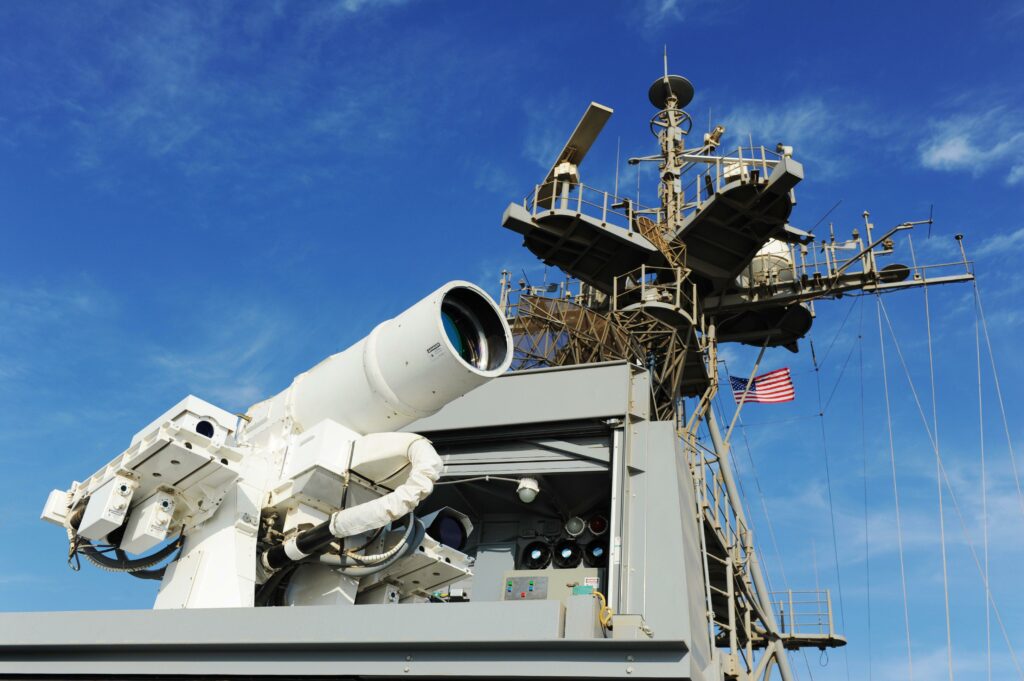In the age of advanced technology and futuristic warfare, the US Navy’s laser defense system was expected to be a game-changer. However, as trials and tests have shown, this cutting-edge technology is not quite ready for primetime. Delays, technical issues, and unforeseen challenges have plagued the development process, leaving many questioning the effectiveness and reliability of the Navy’s laser defense capabilities. Join us as we delve into the world of high-tech military innovation and explore why the US Navy’s laser defense system is still a work in progress.
Challenges with US Navy Laser Defense System
Despite the promising advancements in laser defense technology by the US Navy, there are several significant challenges that need to be addressed before these systems can be deemed ready for widespread implementation.
Some of the key difficulties facing the US Navy’s laser defense system include:
- Lack of power scalability for long-range targets
- Vulnerability to adverse weather conditions
- High cost of development and maintenance
Current Limitations and Operational Issues
The facing US Navy laser defense technology highlight the challenges that must be overcome before it can be considered ready for primetime. One major issue is the limited range of the lasers, which can only effectively target threats within a certain distance. This makes it difficult to provide comprehensive defense against long-range missiles or aircraft.
Additionally, the lasers are not yet capable of effectively engaging multiple targets simultaneously, further limiting their effectiveness in combat situations. This lack of multitasking capability hinders the system’s ability to respond quickly to evolving threats on the battlefield. Until these operational issues are addressed, the US Navy’s laser defense technology will continue to fall short of being a reliable and effective tool for protecting against various types of threats.
Recommendations for Improving Laser Defense Readiness
One recommendation for improving laser defense readiness is to invest in advanced training programs for Navy personnel. By providing specialized training in laser technology, operators can gain a better understanding of how to effectively utilize laser defense systems in real-world scenarios. This will help enhance their readiness and response capabilities when facing potential threats.
Another recommendation is to increase funding for research and development of next-generation laser defense systems. By investing in cutting-edge technology, the Navy can stay ahead of evolving threats and boost the effectiveness of their laser defense capabilities. This will ensure that the United States remains a leader in laser defense technology and maintains a strong deterrent against potential adversaries.
Strategies for Enhancing Performance and Effectiveness
The U.S. Navy’s laser defense technology is still facing challenges that prevent it from being fully deployed for combat scenarios. While the concept of using laser weapons for defense purposes is promising, the technology is not yet ready to be used in real-world situations. One of the main issues is the reliability of the lasers, as they are prone to malfunctions and require frequent maintenance.
Additionally, the power and range of the lasers are not sufficient to effectively engage targets at long distances. The Navy is working on enhancing the performance and effectiveness of the laser defense systems by conducting further research and development. Until these issues are resolved, the full potential of laser technology in naval defense remains untapped.
Insights and Conclusions
while the concept of laser defense systems holds great promise for the US Navy, it is clear that there are still significant hurdles to overcome before this technology is truly ready for primetime. As advancements continue to be made and testing progresses, perhaps one day we will see laser weapons play a vital role in protecting our ships at sea. Until then, it is important to approach this technology with cautious optimism and a realistic understanding of its current limitations. Thank you for reading.


